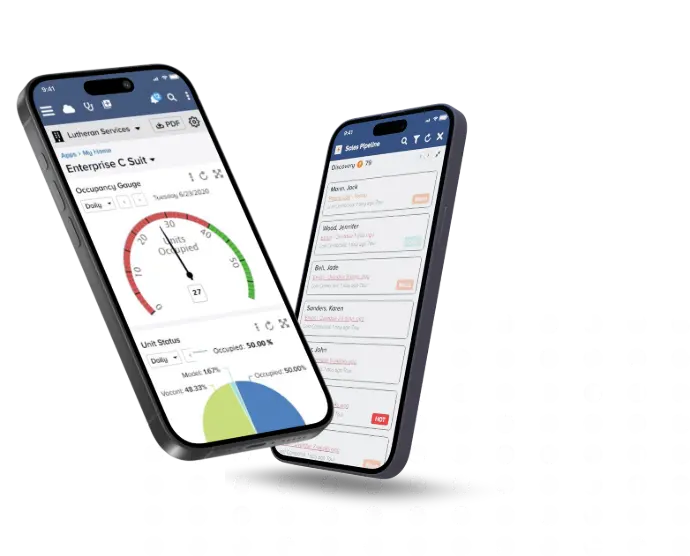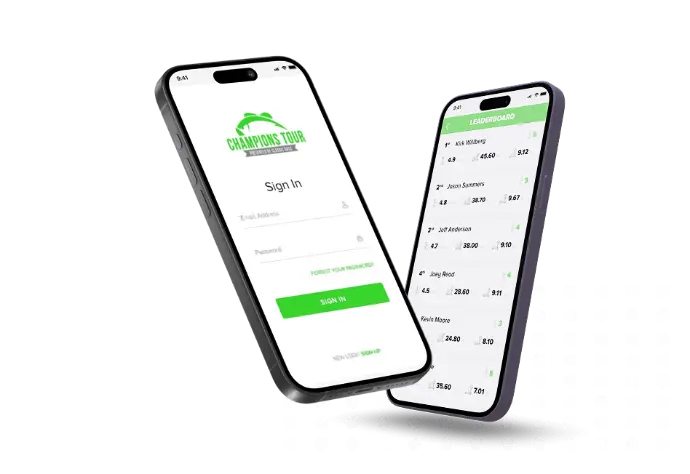UI/UX Design Services We Offer
At our UI/UX design company, we deliver tailored digital experiences that go beyond aesthetics. Our services are strategically crafted to enhance usability, engage users, and drive measurable business outcomes. From web and mobile apps to enterprise platforms and digital products.
 UI Design
UI Design
We specialize in pixel-perfect user interface design for SaaS platforms, web applications, and custom enterprise software. Our design process prioritizes visual clarity, consistency, and brand alignment to create interfaces that not only look great but also feel intuitive.
- Visual design systems including Mood boards, typography, iconography, color schemes etc.
- Layout and interaction design for seamless navigation.
- Dynamic prototyping to visualize interfaces and gather feedback before development begins.
 UX Design
UX Design
Great user experiences start with understanding real user needs. Our UX design services are rooted in user research and data-backed insights to create intuitive, frictionless journeys enhanced with motion design. Our UX process includes:
- User research and persona creation: Understanding audience behavior, pain points, and expectations through thorough user research.
- Competitive analysis: Identifying market gaps and usability trends.
- Experience mapping and user flows: Defining optimized paths and interactions across your digital product.
- Interactive prototypes: Testing functionality and usability pre-launch to refine and perfect the experience.
 Mobile App Design
Mobile App Design
We deliver end-to-end UI/UX design for Android and iOS apps tailored to user preferences and device-specific behaviors. Our mobile-first, responsive designs ensure seamless functionality across screen sizes, maximizing usability and engagement. Key services include:
- Custom app design
- Mobile performance optimization
- Usability enhancements for touch-based interactions
- Platform-consistent designs following Android and iOS guidelines
- Integration of digital marketing considerations to enhance user acquisition and engagement
 Digital Product Design
Digital Product Design
From ideation to launch, we help businesses turn ideas into market-ready digital products. Whether you’re in retail, healthcare, travel, real estate, aviation, or automotive, our cross-industry experience allows us to design solutions that solve real problems and deliver value. Our digital product design covers:
- Concept validation and wireframing
- Product strategy and design roadmaps
- Interface and experience design aligned with business goals
- Collaborative iteration through prototyping, user research, and user testing
 Game and Entertainment Interface Design
Game and Entertainment Interface Design
We create immersive interfaces for gaming and entertainment apps that enhance engagement and user retention. Our team designs visually compelling, interactive, and user-centric interfaces that keep audiences coming back. Our specialists bring deep expertise to analyze user behavior and craft gamified experiences that resonate with your target audience.
- Custom UI for gaming dashboards, scoreboards, and avatars
- Entertainment app interface design for video streaming, music, and social interaction apps
- User behavior analysis to inform gamified experiences and insights from a specialists
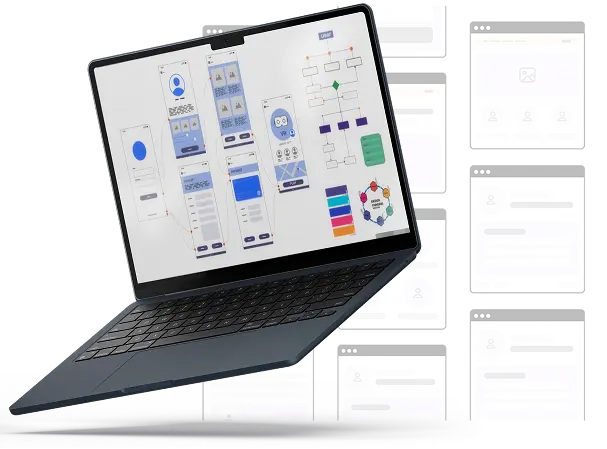
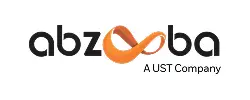
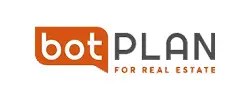
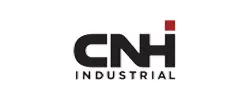
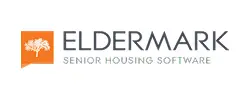



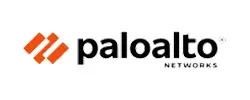
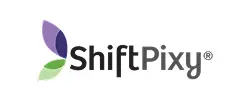

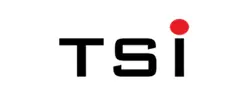






 Deep commitment to user satisfaction and business growth
Deep commitment to user satisfaction and business growth Transparent communication and agile workflows
Transparent communication and agile workflows Access to a multidisciplinary team of UI/UX designers, developers, and product strategists
Access to a multidisciplinary team of UI/UX designers, developers, and product strategists







































